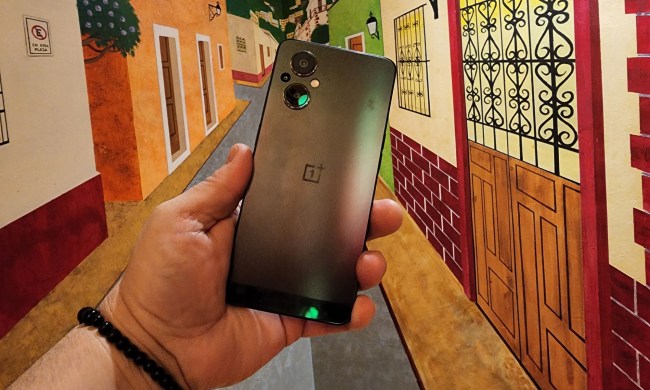Several smartphone makers have capitalized on LG’s decision to no longer make smartphones, according to research into the U.S. phone market published by Counterpoint Research. It shows LG’s presence in the U.S. over the past year decreasing by 35%, giving OnePlus in particular the chance to massively increase its business.
Counterpoint Research notes that demand for affordable 5G smartphones and the ongoing component shortage has made it a difficult year for manufacturers, but four companies — OnePlus, Motorola, Apple, and HMD Global — have managed to turn these challenges into positives.
The data shows OnePlus has made significant strides forward during the first half of 2021 to become the fastest-growing phone maker on its list, with a whopping 428% growth in the U.S. year-on-year. The success is helped by it selling more than a million Nord smartphones since January. Nord is the brand name given to its more reasonably priced models, and it sells the N100 and N10 5G in the U.S., while the recently launched Nord CE and Nord 2 are available internationally.
“These large volumes are helping OnePlus grow its installed base and become an early winner in filling the void left by LG,” writes Jeff Fieldhack, Counterpoint’s U.S. Research Director.
Motorola hasn’t seen the same meteoric rise but has still increased its market share by a respectable 83%, while HMD Global, which owns the Nokia brand name, increased by 35%. Apple has also seen a rise of 53%. Along with LG and ZTE, which has lost 77% of its U.S. market share this year, Google is also shown as losing out with a 7% fall. It has not released a new smartphone since the Pixel 4a in October 2020.
Despite LG’s departure and the supply issues, the U.S. market has grown by 27% in total this year, but Counterpoint Research’s senior analyst Hanish Bhatia warns there may still be problems on the horizon:
“Component shortages are resulting in OEMs falling short in meeting carrier demands for specific smartphone models, while also forcing some to prioritize certain models over others. If this continues, it may put a big constraint on the supply side in H2 2021.”



